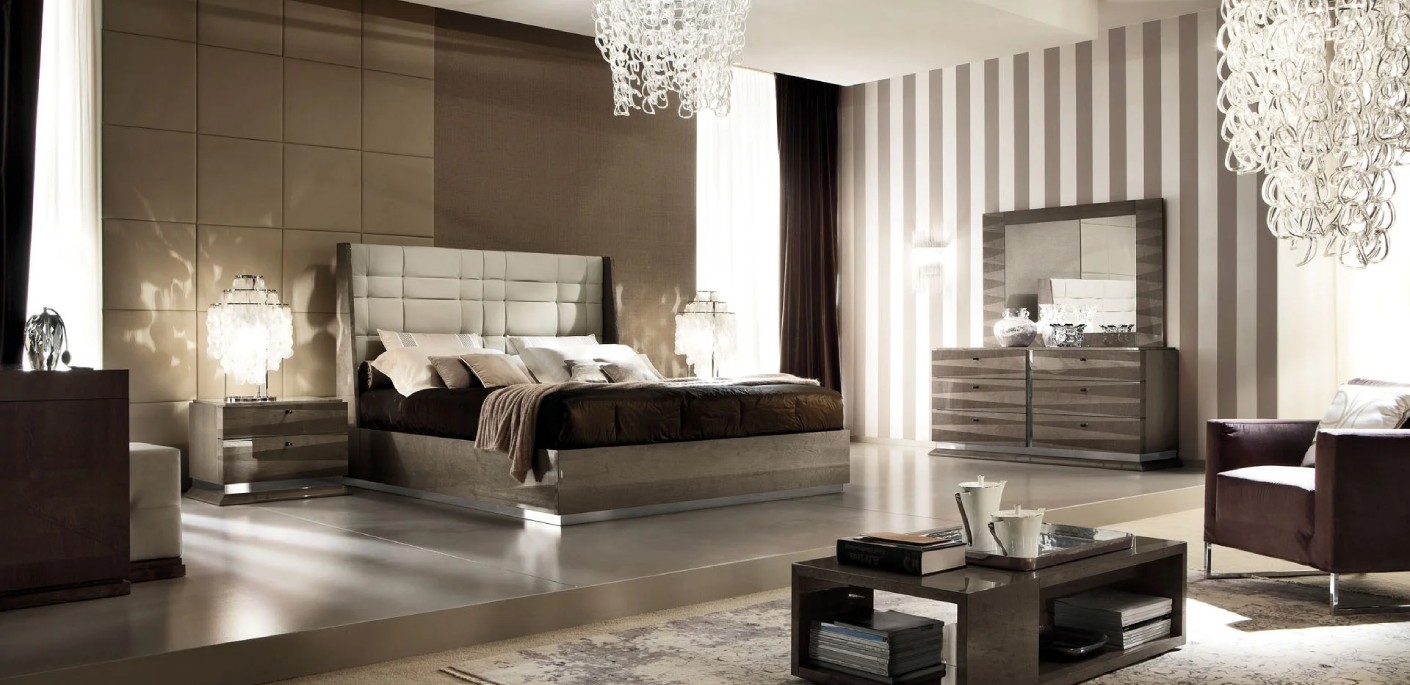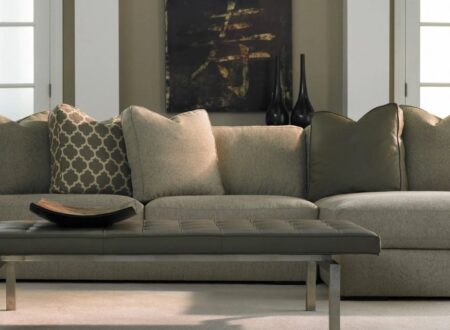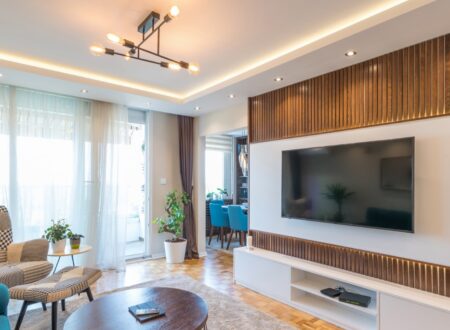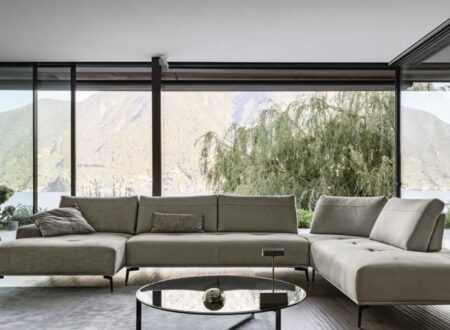The Magic of Wallpapers: Transforming Rooms into Unique Environments
Do you know that the first wallpapers were used before Christ was born? Records suggest that ancient Chinese painted structures like flowers and birds on rice paper and used it as decoration.
So, it is safe to say humanity has always longed to beautify its surroundings. So, it’s innate for you to want to transform your rooms into unique environments with wallpapers.
However, it’s easier said than done. Before applying wallpapers or even ordering the rolls, there are several things you want to keep in mind. The wallcovering you select can make or break the room.
In this article, we will learn how to weave the magic of wallpapers to make rooms more accommodating.
Start with the Basics
The magic of wallpapers starts with taking care of the basics. Sure, the best-of-the-lot interior designers do have some intricate spells up their sleeves. But they, too, follow a simple framework when decorating a home. You must get the basics right. The basics are:
- The room
Not all rooms are created equal. The bedroom is where you’d want to doze off as soon as possible. The living room or the study room is meant to inspire creativity and cheerfulness. So, you should ideally install wallpapers specific to the room.
- The location
Location in the room also plays a role in wallpaper selection. Some people like to use wallpapers as a focal point. This could be the section behind the sofa, the TV wall, or next to the corner window. Others opt for all the four walls. In either case, you’d be using different wallpapers.
- The paper type
Wallpapers come in various forms. Broadly speaking, there are three types: solid vinyl, vinyl coated, and natural textured. Solid vinyl is suited for high-traffic areas where rough use is expected. Vinyl coated is meant for areas with high moisture. Natural textures are made from natural fibers and are suited for dry, low-use areas.
- The color scheme
Color scheme plays an important role in determining which wallpaper to select. The color you choose sets the tone of the room. Furthermore, the wallpaper color has to be in sync with the color of other items in the room. On top of that, you need to plan for natural and artificial lights available in the room.
- The design
Lastly, you need to select the design you want. Wallpapers come in varying designs and styles. When inspecting for design, note terms like ‘repeat’ and ‘match.’ There are three match types: straight, drop, and random. Each type will affect the result. Therefore, get yourself familiar with the designs available before making the selection.
Now that you have the basics covered let’s go over some tips for transforming rooms with wallpaper.
Take Inspiration from Color Theory
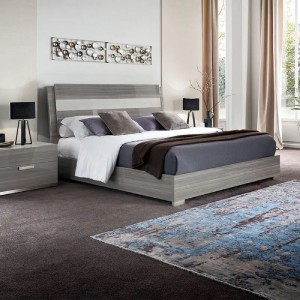 Color is arguably the most important component of a wallpaper. Not only are there multiple colors to choose from, but they should go well in the room with other items. Also, certain hues can enhance the rooms in a specific way.
Color is arguably the most important component of a wallpaper. Not only are there multiple colors to choose from, but they should go well in the room with other items. Also, certain hues can enhance the rooms in a specific way.
For example, cool-colored backgrounds like violet, blue, and green can make the space appear larger. Intense colors like bright red or neon purple give the room a fresh, dramatic feel.
When deciding on the color, referring to the psychology behind them makes sense. This is detailed in a color theory. It states that some colors evoke a certain emotion. You can expect similar vibes by having those colors on the walls.
In north-facing rooms or colder climates, people often go with warm colors like red, yellow, and orange. These colors make people feel warm and cozy. Cool colors like green, blue, and purple can make people feel relaxed and calm.
Play with Light
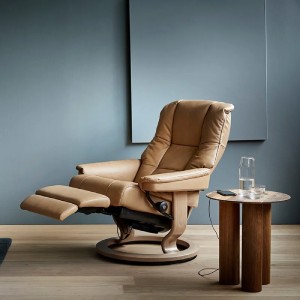 Are you decorating a north-facing room that receives little to no sunlight? Does it have a dark hallway? Then, you should opt for lighter colors that reflect the available light around the room. It can make the space more welcoming. You should also go for patterns with smoother surfaces to maximize reflection.
Are you decorating a north-facing room that receives little to no sunlight? Does it have a dark hallway? Then, you should opt for lighter colors that reflect the available light around the room. It can make the space more welcoming. You should also go for patterns with smoother surfaces to maximize reflection.
Conversely, dark colors are more suited if you have a room that receives significant light from the outside.
You can play around with lights and install artificial lighting. Seek a balance between wallpaper color and available lights to beautify the room.
Go for Full Wraps
A full wrap is when you apply wallpaper to all the walls in the room. This creates a sense of finished craftsmanship and encapsulates the space.
In full wraps, you also apply wallpaper to the ceilings. Many people leave it blank, but it can reduce the impact wallpaper can have. With proper style and hue, wallpaper can make ceilings look cozier.
While full wraps are preferred, this isn’t to say there’s no space for location-specific wallpaper. For example, you can decorate a hearth, dining space, sofa space, office furniture, or TV area specifically.
The final decision should be on what works best for you.
Pay Special Attention to the Pattern
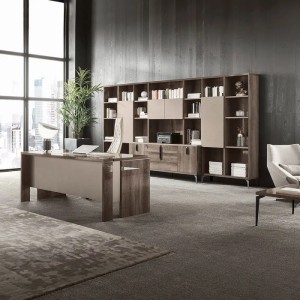 The pattern is the repetition of style or artwork in a wallpaper. Many people make the mistake of overanalyzing the style while neglecting the pattern. But the pattern is just as important.
The pattern is the repetition of style or artwork in a wallpaper. Many people make the mistake of overanalyzing the style while neglecting the pattern. But the pattern is just as important.
Start with the size of the pattern. An oversized pattern can make the space look expansive and impactful. Tiny patterns, on the other hand, can induce motion sickness in some people. Patterns that are too small can make you dizzy. Therefore, medium to large patterns are best. You can refer to the pattern ‘repeat’ to judge size.
Along with size, you should also inspect the scale. Small-scale patterns are suitable for smaller rooms, while large-scale patterns, similar to motifs, work well with larger rooms.
Never Wallpaper Over a Wallpaper
Technically, applying a new wallpaper over an existing one is possible. But just because you can doesn’t mean you should. Doing this could affect the wallpaper’s longevity and make them peel off sooner. That’s because the older ones are already in their final phase. And when they come off, they’ll also peel off the new wallpapers on them.
Therefore, always remove the existing wallpapers and make way for the new ones. As you may know, removing older wallpaper is a pain. But it’s a pain worth taking, especially in the long run.
Prime Your Walls Before Wallpaper
You’d want your wallpapers to be smooth and even. For that, apply a coat of primer on the walls. The primer evens out the surface and corrects imperfections. It also creates the necessary barrier between the paper and drywall or plaster.
There are primers available specifically for wallpapers. These are designed to have less ‘drag’, making the wallpaper slide easily. If you’ve applied wallpapers before, you’d know this helps with adjustments. So apply the primer before wallpaper for finer results.
Get, Set, Go
Installing a wallpaper is a big investment. Firstly, they’re expensive and cost somewhere between $25 and $50 per roll. Secondly, you’d need some expertise in selecting, handling, and pasting the wallpapers. Finally, there’s the time investment component. So, when the stakes are high, you should take your time to prepare. Take note of the tips mentioned above when prospecting your options.
Do not hesitate to contact us for more information. We are always happy to help you design an exclusive space that reflects your tastes and preferences.

